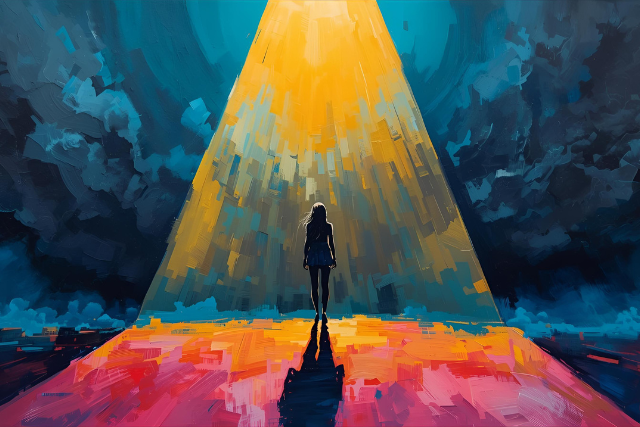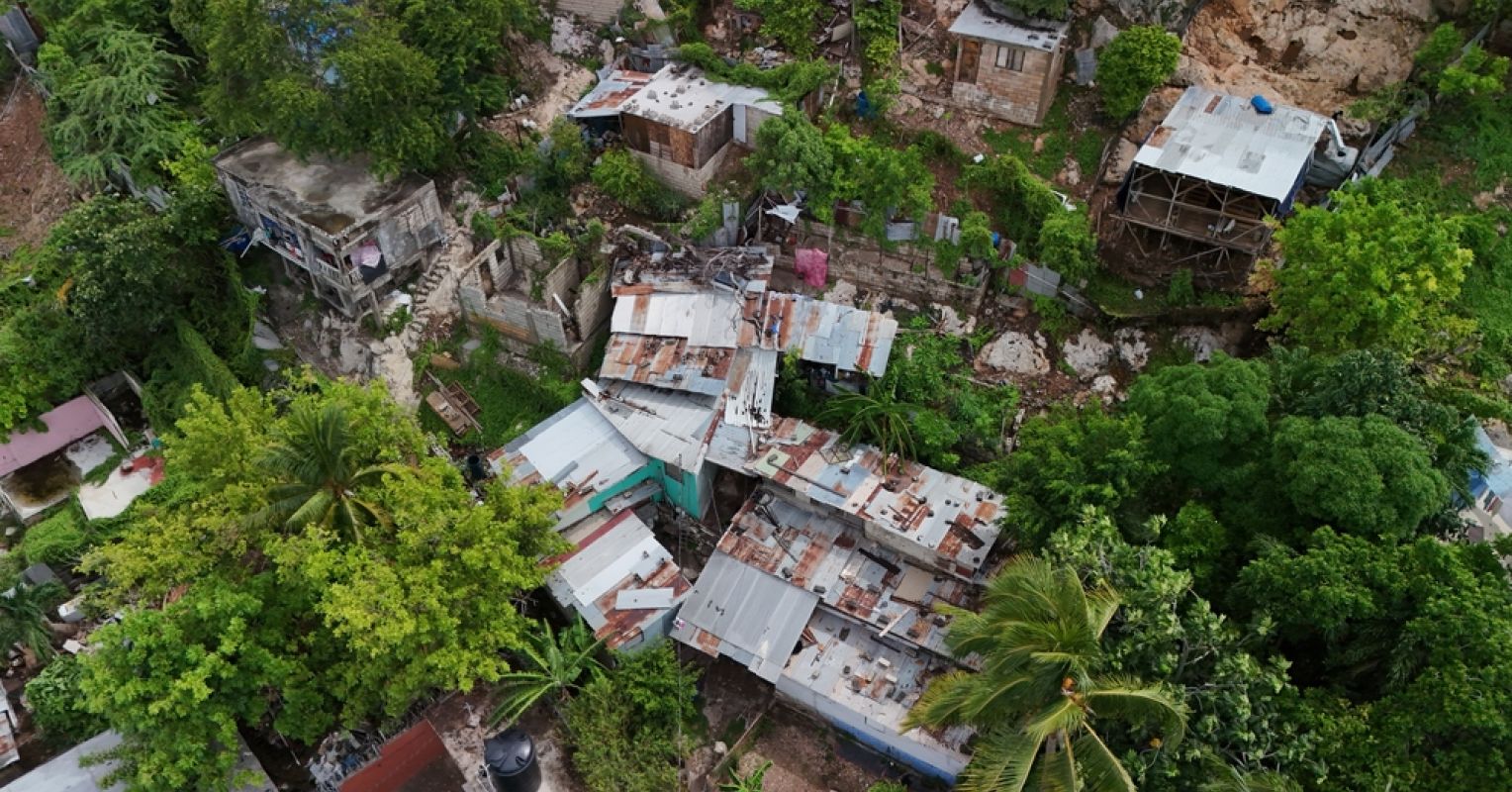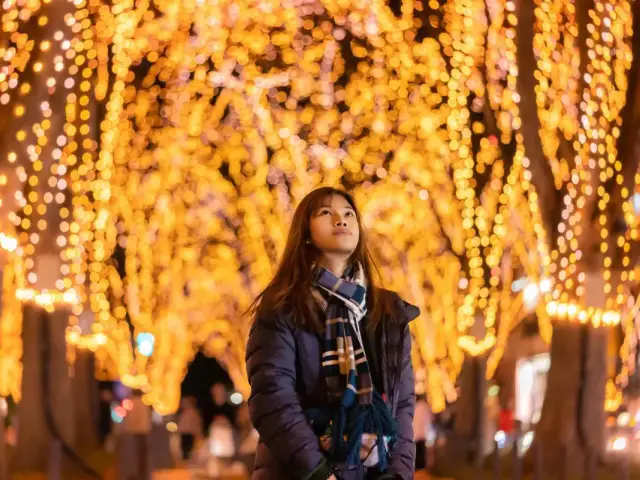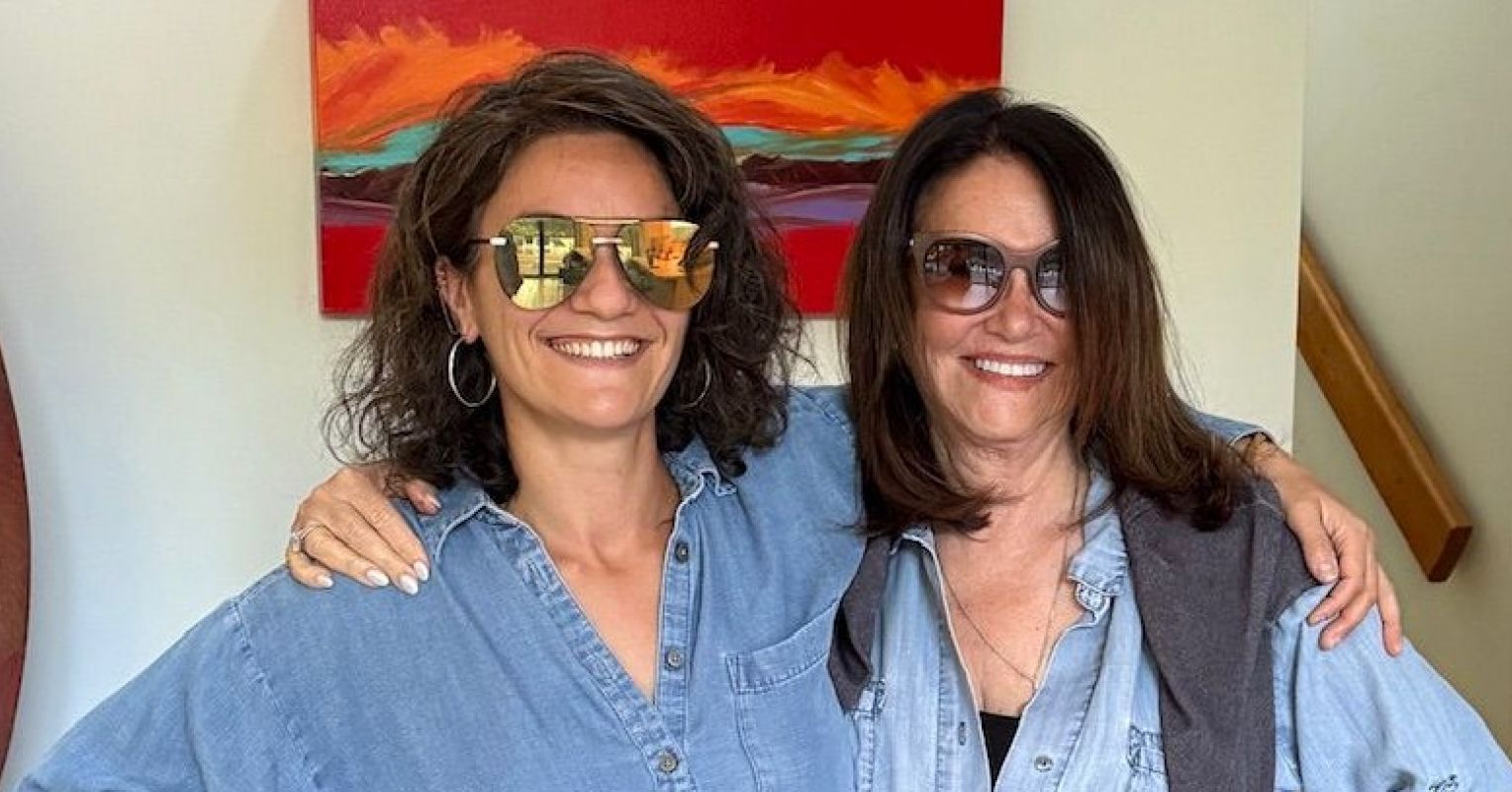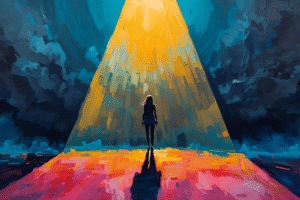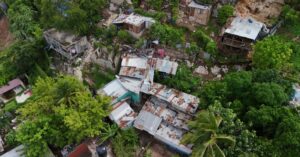In the United States, the language of race is always close to the surface—coded in ZIP codes, school districts, traffic stops, and sentencing disparities. But caste walks in differently. It is quieter, more camouflaged, wrapped in euphemisms like “merit,” “culture,” “upbringing,” or “respectability.” It is dressed up in family WhatsApp threads and diaspora fundraisers. It glides through South Asian communities without ever needing to name itself.
But when caste and anti-Black racism collide—as they so often do in diasporic South Asian life—the wounds of both systems are compounded, and so too are the responsibilities of healing.
The Hidden Convergence of Race and Caste in Diaspora
South Asians in the U.S. live in the racial terrain shaped by Black resistance, Black suffering, and Black brilliance. We are racialized—but not equally. Many of us come from historically privileged caste backgrounds that inherited both the entitlement of savarna supremacy and the aspirational proximity to whiteness. As a result, casteist thinking adapts in the U.S., not by disappearing, but by fusing with anti-Blackness.
We see this in:
- Colorism internalized through Bollywood and reinforced in our homes
- The denigration of “ghettos” while praising “model minorities”
- The casual use of the N-word in South Asian friend groups
- The erasure of Dalit, Black, or Indigenous voices in spiritual and yoga spaces
- The silence of dominant-caste South Asians when Black communities are targeted by police or institutions
- The violent use of the N-word toward a growing number of South Asians in the U.S.—a discrete context that often gets diluted within both domestic and global Mental health frameworks. These lived experiences frequently confound us at the margins of Westernized trauma recovery.
These are not accidents. They are inherited systems speaking through us—unless we choose to interrupt them.
Caste Trauma Meets Racialized Spaces
For Dalit, Bahujan, and Adivasi South Asians, the U.S. is not always a place of liberation—it is often a terrain of layered trauma. Caste-oppressed South Asians may carry the shame, silence, and vigilance shaped by generations of exclusion. In the U.S., that trauma becomes compounded by racial marginalization, immigration bias, and diasporic invisibility.
To be a Dalit person in America is to watch your own community’s trauma be ignored while dominant-caste narratives shape “Indian identity.”
To be Black in America is to watch the entire state apparatus be designed to surveil, police, and punish your existence.
To be both? It is to be hypervisible to threat and invisible to solidarity at once.
This intersection must be held with tenderness—and with truth.
The Intergenerational Mirror of Supremacy
Caste supremacy and white supremacy are not the same, but they rhyme.
Both are systems of hierarchy built on the sanctification of purity and the dehumanization of the “other.” Both are policed through ritual, religion, law, and social conditioning. Both reproduce trauma at the level of family, institution, and internal psyche.
Both tell you:
- You are better than they are.
- Stay in your place.
- Don’t question the order—just rise within it.
Both have done profound intergenerational damage to the collective psyche.
But trauma is not just passed down through suffering. It is passed down through participation in oppressive systems, through the maintenance of unjust hierarchies dressed up as “tradition” or “civilization.” This is how casteist South Asians can move through American institutions with race-based marginalization while still carrying—and perpetuating—privileged roles in their own cultural enclaves.
Trauma Work as Collective Liberation
In my practice as a trauma therapist, I’ve sat with clients across the spectrum—Black Americans navigating the daily micro-terrors of racism; caste-oppressed South Asians reckoning with the spiritual dislocation of diaspora; dominant-caste clients confronting the shame of inherited supremacy.
Healing, at this intersection, is not neat. It is grief work, truth work, relational work.
It may look like:
- Releasing the belief that healing means assimilation
- Relearning ancestral frameworks that were stripped by colonialism and Brahmanical patriarchy
- Finding connection between the trauma of slavery and the trauma of untouchability
- Refusing to let systems of dominance train us to compete for crumbs of power
As James Baldwin wrote: “Not everything that is faced can be changed, but nothing can be changed until it is faced.”
As Ambedkar taught: “Educate, Agitate, Organize.”
As Audre Lorde reminded us: “Your silence will not protect you.”
Final Reflections: From Wounds to Bridges
Caste and race do not just shape who is excluded—they shape who we believe we are allowed to love, trust, or mourn with. But there is power in bringing these traumas into the light. There is grace in building solidarity not just from ideology, but from shared wounds and sacred defiance.
To heal at the intersection of caste and race is to say:
We are here to be whole, sovereign, and unapologetically accountable to each other.
Because healing is not separation—it is reclamation.
And real solidarity is not found in statements.
It is found in action, repair, and the rituals of showing up again and again.







